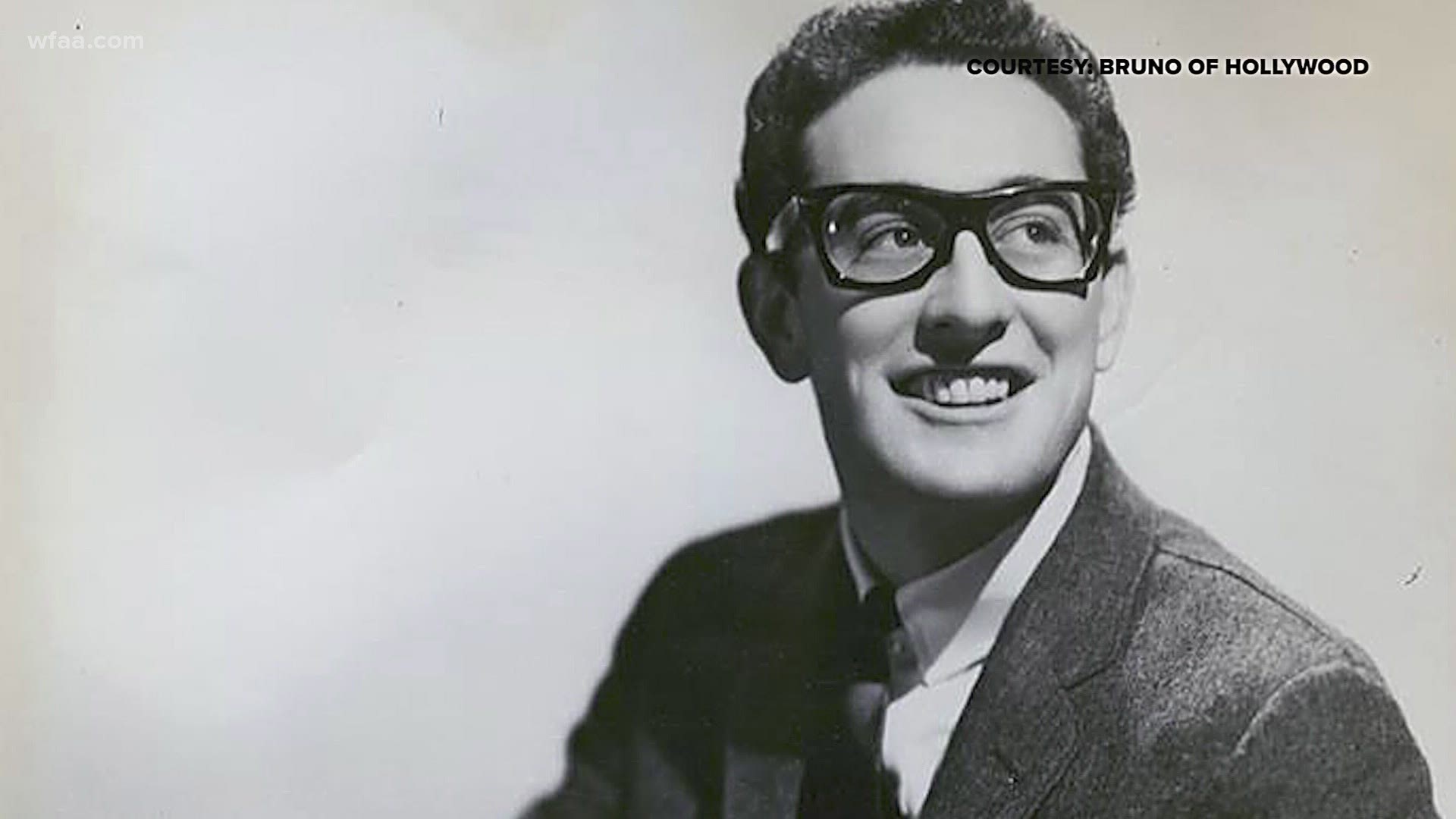LUBBOCK, Texas — Texas native Buddy Holly had a short-lived career but one that influenced countless rock 'n' roll musicians over the decades.
Charles Hardin Holley was born in 1936 in Lubbock, Texas. With three siblings, he earned the nickname "Buddy" and was surrounded by family members who either sang or played an instrument.
At only 5, Holly entered a talent show along with his older brothers, playing the violin.
Or at least he wanted to.
Since he hadn't learned yet, his brothers greased the strings so it wouldn't make a sound. The brothers won that contest and took a $5 prize.

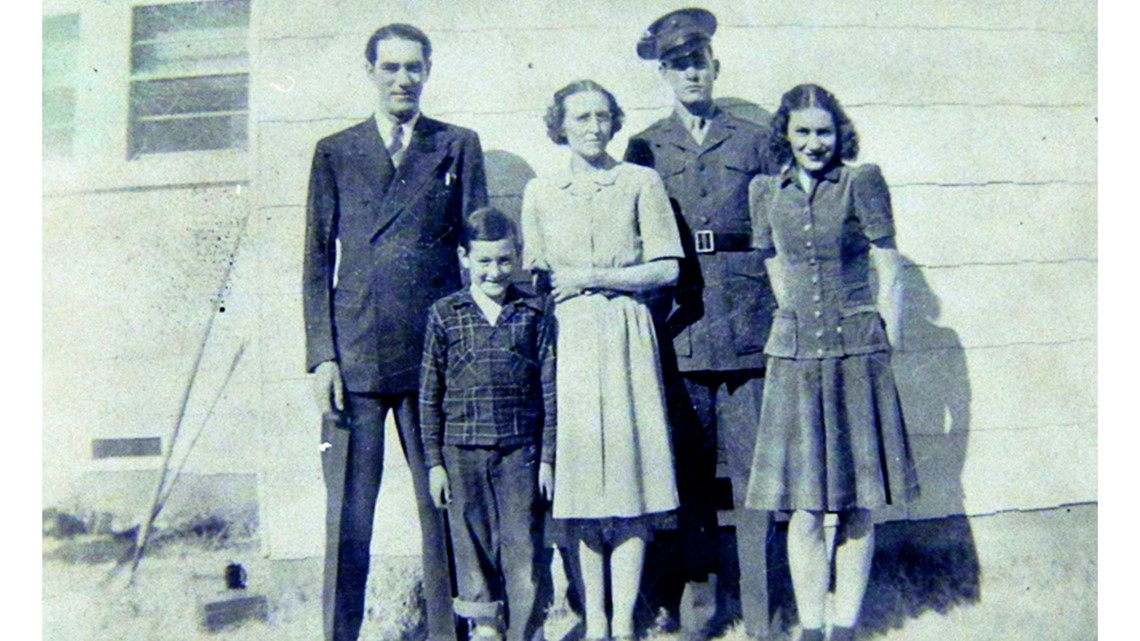
At 11, Buddy tried piano but stopped after about nine months. It was soon after he made the move to the guitar, which stuck with him.
Through the rest of his school years, Holly created musical groups with some of his peers. Many performed live gigs around Lubbock.
While country and western music influenced Holly, he slowly started to blend late-night radio R&B into his own performances.
After graduating from Lubbock High School, Holly made music his career. One of his biggest motivations was seeing Elvis Presley perform at the Fair Park Coliseum in Lubbock on June 3, 1955.
Holly went on to open for Presley three separate times in that same year.
As he gained more live performance experience, Holly continued to make the transition from country to more like Presley's rock 'n' roll style.

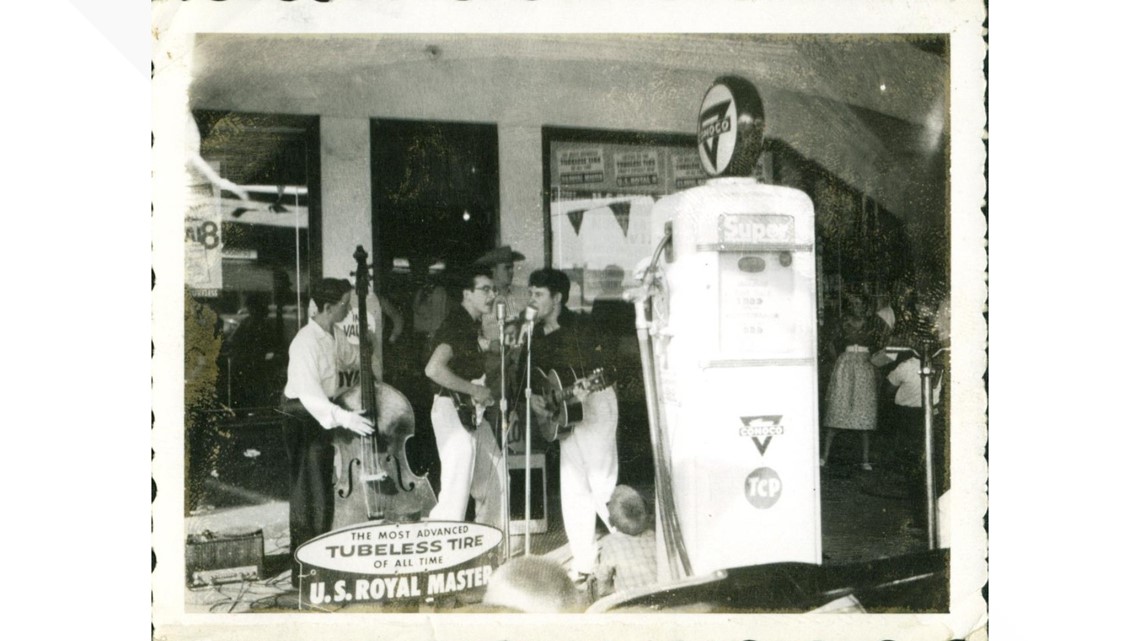
The rest of Buddy Holly's family spells their last name is Holley. The reason the rising star changed his name wasn't his doing or even on purpose.
When a record producer signed Holly to his first contract, the last name of the person on the dotted line was "Holly." An accidental misspelling gave the music world Buddy Holly with no "e."
Holly took on the role of lead guitarist with Jerry Allison on the drums, Niki Sullivan on rhythm guitar and Joe Mauldin on the bass.
Allison suggested the group take on the name The Crickets, influenced by other bands named after birds.
A band who became a worldwide phenomenon, which was once known as The Quarrymen and Johnny and the Moondogs, eventually got its name from The Crickets. Short-term bassist Stuart Sutcliffe suggested to change their name to...
The Beatles.

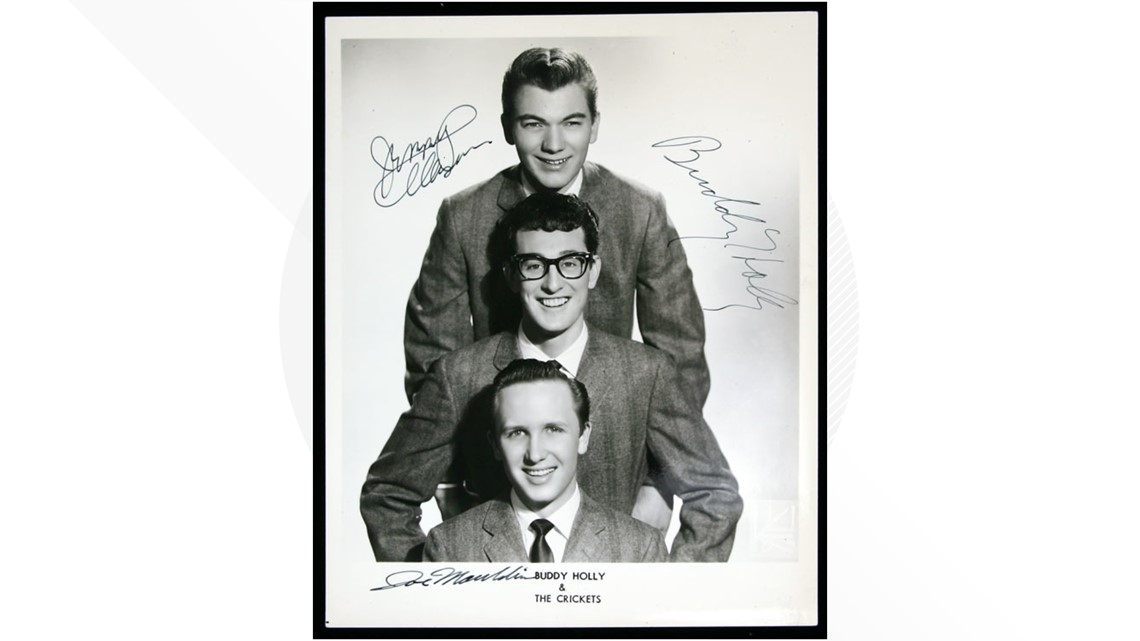
Buddy Holly and the Crickets released "That'll Be Day" on May 27, 1957. It quickly rose up the charts, peaking at No. 3 on the Billboard Top 100 chart in September. It remains one of the top rock and roll songs of the 1950s.
In September, the Crickets release "Peggy Sue," yet another song that was highly regarded at the time and reached No. 3 on the Billboard's pop chart.
Buddy Holly and the Crickets performed both these songs on the Ed Sullivan Show in December 1957.
The band started 1958 by joining America's Greatest Teenage Recording Stars tour. The group traveled to Hawaii, Australia and the United Kingdom...all within the first couple months of the year.
It was later in 1958 Holly met Maria Elena Santiago. At their first encounter, he asked her to go on a date. Then on their first date, Holly asked Santiago to marry him.
On August 15, 1958, they were married.
Holly eventually split from his manager after disagreements over royalties and payments. He also broke up with his current band members to form a new group.
With fellow rock and roll musicians Ritchie Valens and The Big Bopper J.P. Richardson, Holly charted a four-seated airplane to go from Mason City, Iowa to Moorhead, Minnesota as a part of the Winter Dance Party tour.
Shortly after taking off in bad weather, the plane crashed and killed the three musicians.
The day of this accident, February 3, 1959, is universally known as "The Day the Music Died."
Dying at 22 years old, Holly's career lasted about 500 days. There are only a handful of videos of him performing.
Even so, the demand for his music allowed for new albums and singles to be released well after Holly passed away.
Countless artists have pointed to Holly for their inspiration, including a 17-year-old Bob Dylan, who saw Holly perform two nights before his death. Dylan later referenced him when accepting the Nobel Peace Prize in Literature in 2016.
Nearly 30 years after Holly's death, the Rock and Roll Hall of Fame honored him by inducting him into its first class. Museum leaders called him an "innovator" and someone who "made a major and lasting impact on popular music."
Later in the same year, the Songwriters Hall of Fame also inducted Holly, saying he "changed the face of Rock and Roll."

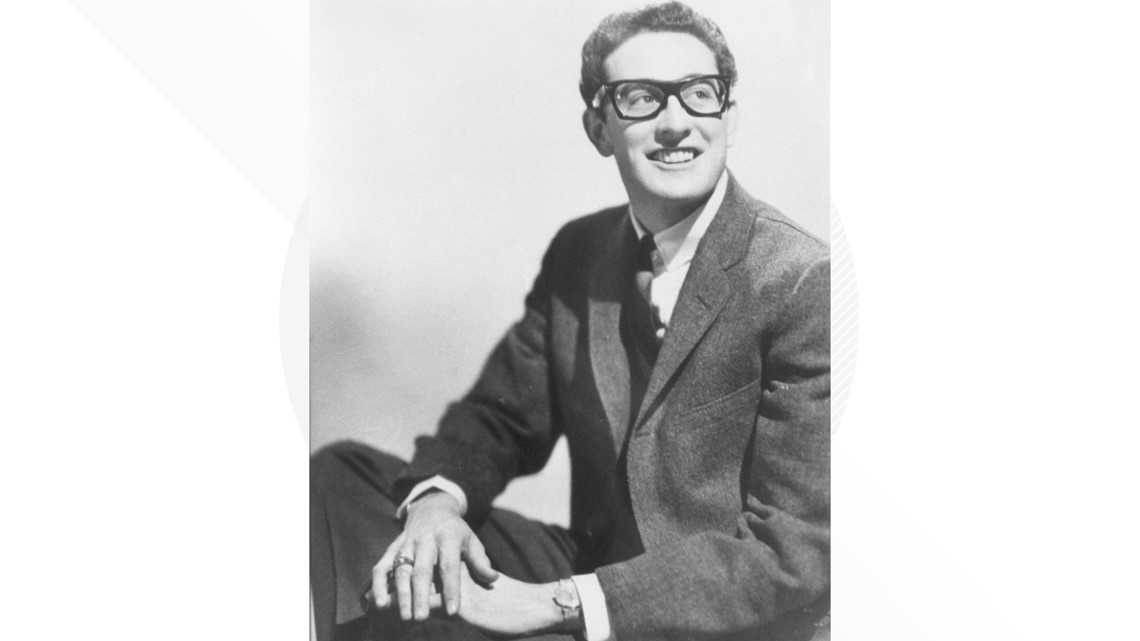
Lubbock has found many ways to honor their hometown celebrity, including the Buddy Holly Center, a visual arts center dedicated to his music. The building is in the city's Fort Worth and Denver South Plains Railway.
Maria Elena Holly helped establish The Buddy Holly Educational Foundation in 2010. The charitable corporation works to keep Holly's legacy alive while also supporting writers and musicians around the country and world..
The organization includes many musical ambassadors such as Mick Jagger, Dolly Parton and Ed Sheeran.
The foundation's main goal is to "empower artists to think big, to think bold and think differently."
More on WFAA:
- WFAA Academy: The science of ice cream
- Online learning or in-person? Districts to decide fall semester as anxious parents await
- WFAA Academy: The science behind a chocolate chip cookie
- North Texas districts try to reach students who have not logged on for online learning
- Stuck inside your home? Here are some things to do with your kids besides looking at a screen

